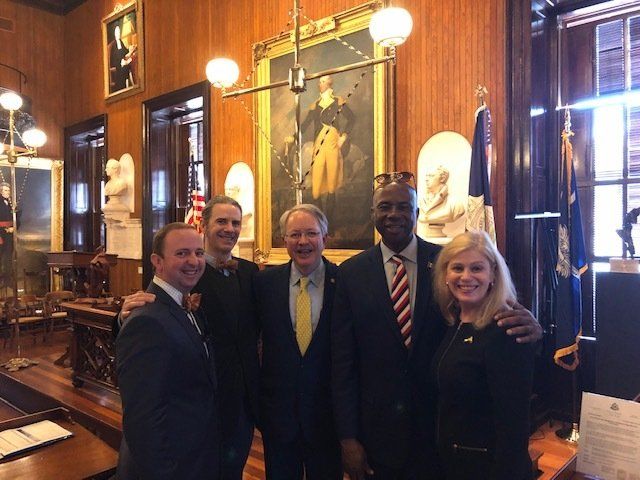Speightstown, Barbados
Speightstown was formally settled around 1630 and in the earliest days of Settlement was Barbados's busiest port (AMS Seaport Code: 27213, UN/LOCODE: BB SPT ). Ships laden with sugar and other commodities left Speightstown bound directly for London and especially Bristol. For this reason Speightstown is sometimes known as Little Bristol. The quaint town has now become the centre of a tourist area as well as a secondary shopping centre.
The area of Speightstown was the first major port and commercial centre of Barbados. The city is named after William Speight, a member of Barbados' first Assembly during the colonial years as well as the former land owner where the city is located. It has a long and colorful history reaching back to the 17th century when it served as one of the main ports connecting the island with the “mother country,” England. Speightstown was the port that George Ayscue could not capture when dispatched by Oliver Cromwell to quell the insurrection in Barbados in 1649. The Barbadians were loyal to Charles I, and would not accept Cromwell as their protector. For six months Ayscue was unable to land in Barbados, and concentrated attacks on Speightstown were repelled by the small forts along the shore.
The tiny island was landed only with the help of a defector who led Ayscue and his men to land at Oistins Town where they met with representatives of the island and in 1652 signed what has become known as the "Charter of Barbados". The agreement gave Barbados rights and privileges unheard of in any other Island. In particular it guaranteed that Barbados could not be taxed without the consent of a Barbados General Assembly.
Many historic buildings dating from colonial times, including Arlington House, still remain standing in the town and can be seen mostly along Queen Street, Church Street and Orange Street. Speightstown saw a lot of activity during the reign of the sugar industry and the day of the slave trade. Many slaves would have passed through this town, even if they were to be shipped on further to other islands or America.
The town itself is currently the subject of an archaeological research project, the Speightstown Community Archaeology Project (SCAP), which was established in 2010 and involves a collaboration between archaeologists and students of the University of Winchester, the University of the West Indies (Cave Hill) and Barbados Museums. To date work has focused upon an historic buildings categorisation of the town, graveyard memorial survey and excavations at the eighteenth-century coastal fort at Maycock's Bay to the north.


